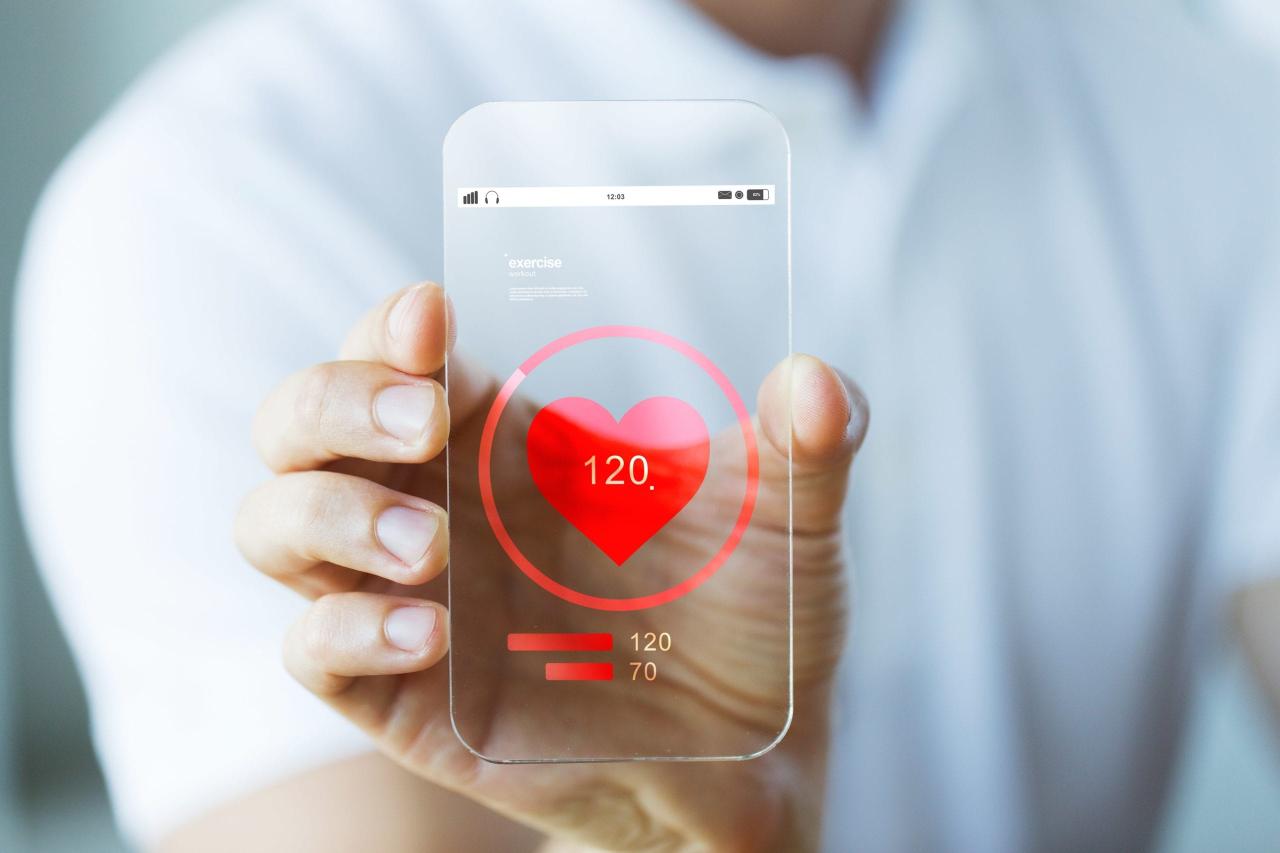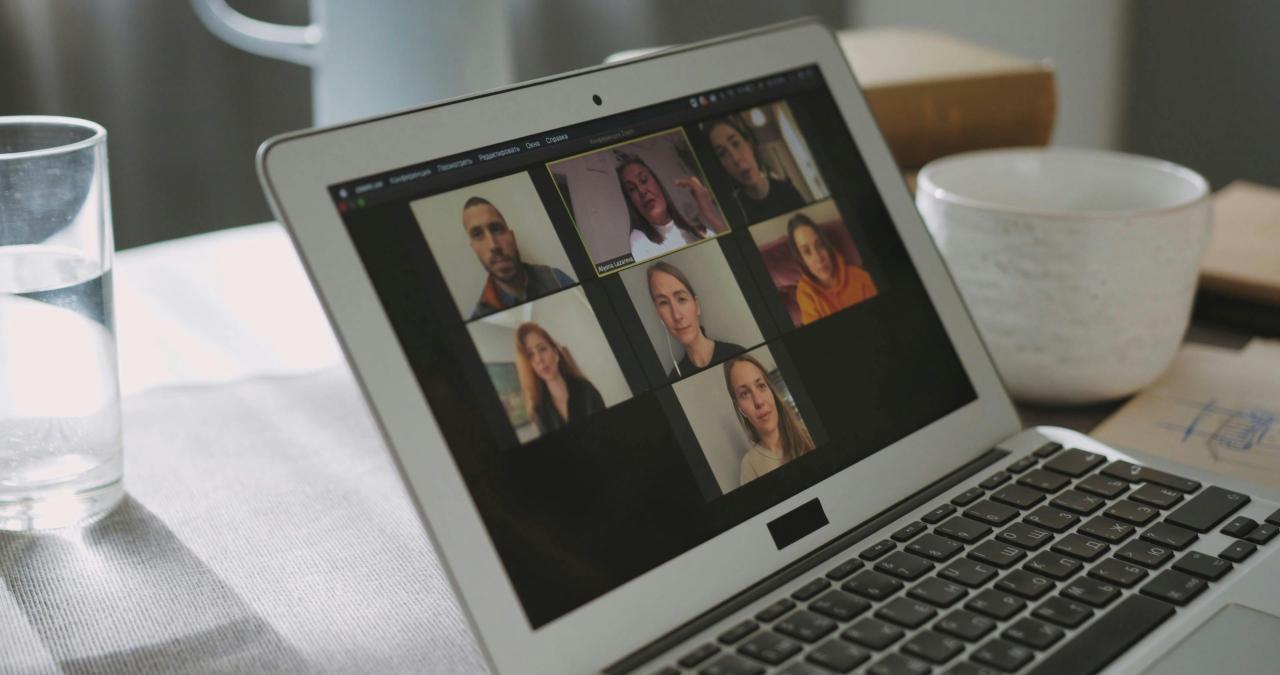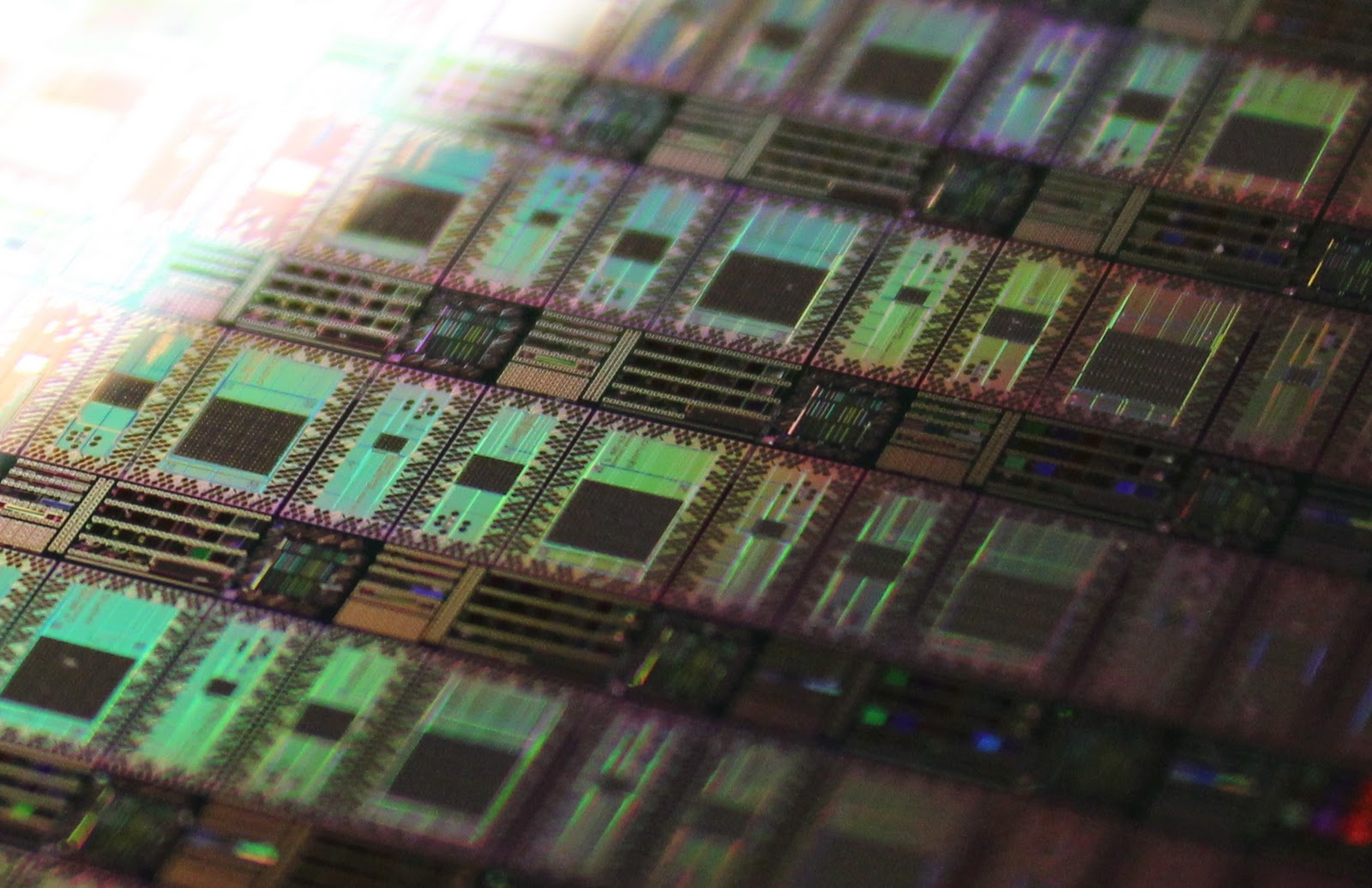In the hyper-connected world of 2025, our digital devices are indispensable. They are our communication hubs, our libraries, our entertainment centers, and our workplaces. Yet, this constant connectivity has a shadow side: a growing sense of burnout, anxiety, and a feeling that we are always “on.” The concept of digital wellness has emerged as a critical response to this challenge. It is not about abandoning technology but about using it mindfully and intentionally to support our well-being, rather than letting it control us. This comprehensive guide will take you on a deep dive into the philosophy and practical steps of digital wellness. We’ll explore the psychological and physiological impacts of a digitally-saturated life, and provide a clear, actionable roadmap to reclaim your time, attention, and mental peace. By the end of this article, you will have the tools to build a healthier relationship with technology, fostering a life that is both digitally integrated and deeply balanced.
The Psychological and Physiological Impact

Our devices are designed to be addictive. Social media platforms, for example, are built to trigger dopamine rushes with every notification, like, and share. This constant stimulation has a measurable impact on our brains and bodies.
A. The Vicious Cycle of Dopamine
Dopamine is a neurotransmitter in the brain that plays a major role in motivation and pleasure. When you receive a notification on your phone, your brain releases a small burst of dopamine, which creates a positive feeling and encourages you to seek out that feeling again. This creates a feedback loop that can lead to compulsive checking of your phone.
- Reduced Attention Span: This constant seeking of digital stimulation trains our brains to expect instant gratification. This can make it difficult to focus on a single task for an extended period, leading to reduced productivity and a feeling of being scattered.
- Increased Anxiety and Stress: The fear of missing out (FOMO) and the pressure to maintain a perfect online persona can lead to chronic anxiety. The constant barrage of news and information can also feel overwhelming and contribute to stress.
- Impact on Memory: Research suggests that over-reliance on digital tools for memory—like using your phone to remember directions or a friend’s phone number—can reduce our brain’s ability to form and retrieve long-term memories on its own.
B. The Physical Toll of Digital Overload
Our bodies also bear the brunt of our digital habits.
- Sleep Disruption: The blue light emitted from our screens suppresses the production of melatonin, the hormone that regulates sleep. Using devices before bed can make it harder to fall asleep and reduce the quality of our rest.
- Physical Pain: The constant hunching over a phone or computer can lead to a condition known as “tech neck,” causing chronic pain in the neck and shoulders. Similarly, repetitive strain injuries in the hands and wrists are becoming more common.
- Eye Strain: Staring at a screen for long periods can lead to digital eye strain, with symptoms including dry eyes, blurred vision, and headaches.
The Foundational Pillars of Digital Wellness
Building a healthier relationship with technology requires a strategic approach built on a few core principles. It’s about being proactive, not reactive.
A. Mindful Technology Use
Mindfulness is the practice of being fully present in the moment. When it comes to technology, mindful use means being aware of why you are picking up your device and what you hope to achieve.
- The “Why” Question: Before you open an app or pick up your phone, ask yourself, “Why am I doing this?” Are you looking for a specific piece of information, or are you mindlessly scrolling? This simple question can break the cycle of compulsive use.
- Designated Technology-Free Zones: Create spaces in your home that are free from digital devices. This could be the dinner table, the bedroom, or a quiet reading nook. This allows you to fully engage with your family and your environment without digital interruptions.
- Scheduled Screen Time: Instead of allowing screen time to bleed into every moment of your day, schedule it. Designate specific times for checking emails, social media, and news. This helps you to take control of your time, rather than letting your devices dictate it.
B. Curating Your Digital Environment
You have control over what you see and interact with online. A healthy digital environment is one that is intentionally curated to be positive and useful, rather than overwhelming and toxic.
- Unfollow and Mute: Go through your social media feeds and unfollow or mute any accounts that make you feel anxious, angry, or inadequate. Fill your feed with content that inspires you, makes you laugh, or teaches you something new.
- Turn Off Non-Essential Notifications: Notifications are designed to grab your attention. Go into your phone’s settings and turn off notifications for any app that doesn’t need to alert you instantly. This is a simple but incredibly powerful way to reclaim your focus.
- Declutter Your Digital Space: Delete apps you don’t use and unsubscribe from email newsletters you never read. A clean digital space is a more peaceful and efficient one.
A Practical Digital Wellness Checklist

Here is a step-by-step guide to help you implement the principles of digital wellness in your daily life.
A. The Device Audit
- Review Your Screen Time: Most modern phones have a built-in feature that tracks your screen time. Review this data to understand exactly how much time you are spending on each app. This can be a shocking but necessary wake-up call.
- Delete Apps: Based on your screen time data, delete any apps that are a major time suck and are not essential to your work or life.
- Organize Your Home Screen: Move your most distracting apps (social media, games) into a folder on a second or third page of your home screen. Put the apps you use for productivity and well-being (e.g., a meditation app, a note-taking app) on your main screen.
B. Daily Habits
- The First and Last 30 Minutes: Make it a rule not to check your phone for the first 30 minutes after waking up and the last 30 minutes before going to sleep. Use this time to read, meditate, stretch, or simply be present.
- Set a Digital “Bedtime”: Set a specific time in the evening when you will stop using digital devices. This helps your brain wind down and prepares your body for sleep.
- Scheduled Breaks: When working on a computer, set a timer for a 5-10 minute break every hour. Use this time to get up, stretch, and look away from the screen.
C. Advanced Techniques
- Use a Black-and-White Screen: On many smartphones, you can enable a grayscale or black-and-white mode. This makes the colorful and vibrant apps less visually appealing and can reduce your impulse to check them.
- Invest in an Alarm Clock: Stop using your phone as an alarm clock. This simple change allows you to keep your phone out of the bedroom, which can dramatically improve your sleep.
- Mindful Commuting: Instead of scrolling on your phone during your commute, use this time to listen to a podcast, a book, or simply observe the world around you.
The Broader Impact of Digital Wellness
Digital wellness is not just an individual responsibility; it’s a collective one. Companies and communities are recognizing the importance of fostering a culture that prioritizes well-being.
A. Workplace Initiatives
Forward-thinking companies are implementing digital wellness initiatives, from designating “no email” hours to providing workshops on mindful technology use. A healthy workplace is a more productive and innovative one, as employees who are less burned out are more likely to be creative and engaged.
B. Education and Awareness
Schools are now teaching digital literacy and wellness from a young age, equipping children with the skills to navigate the digital world safely and healthily. This is a critical step in building a generation that is not just tech-savvy but also tech-wise.
C. The Rise of “Dumb” Tech
A counter-movement is emerging in the tech world. Companies are creating “dumb” phones and simple devices that focus on one or two core functions, like communication or note-taking, without all the distracting features of a smartphone. This is a clear signal that there is a growing demand for a more intentional and minimalist approach to technology.
Conclusion
Digital wellness is not a retreat from the modern world but an intelligent and strategic way to engage with it. It is a philosophy that empowers us to be the masters of our technology, rather than its slaves. By understanding the psychological and physical impacts of our digital habits and by adopting a proactive mindset, we can reclaim our time, attention, and mental peace. This guide has provided you with the foundational knowledge and practical tools to begin that journey. The transformation begins with small, consistent changes: a mindful moment before you pick up your phone, a deliberate decision to turn off a notification, or a commitment to a technology-free bedroom.
The rewards of digital wellness are immense. They include improved sleep, reduced anxiety, a longer attention span, and a deeper sense of connection to the people and world around you. This is not about being anti-technology; it’s about being pro-humanity. By creating a healthier relationship with our devices, we are building a life that is more balanced, more intentional, and more truly ours. The path to digital wellness is a path to a more fulfilling and present life.












